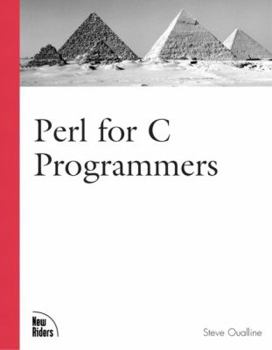Perl for C Programmers
Select Format
Select Condition 
Book Overview
Perl is a commonly used language in web development because of its powerful ability for text manipulation. This book covers Perl for C programmers. This description may be from another edition of this product.
Format:Paperback
Language:English
ISBN:073571228X
ISBN13:9780735712287
Release Date:January 2002
Publisher:Sams
Length:432 Pages
Weight:2.05 lbs.
Dimensions:0.9" x 7.0" x 9.1"
Customer Reviews
5 customer ratings | 5 reviews
There are currently no reviews. Be the first to review this work.






















